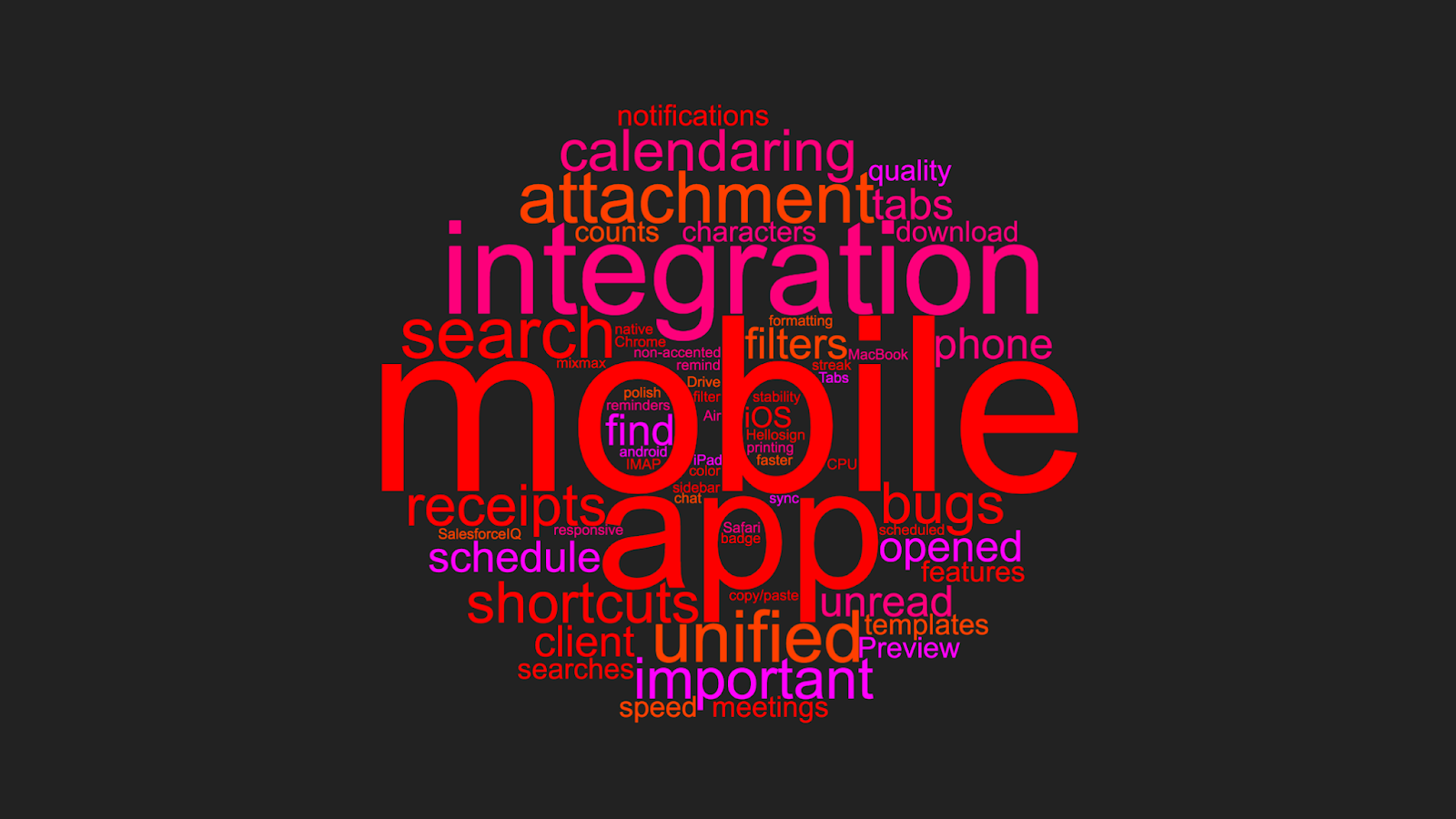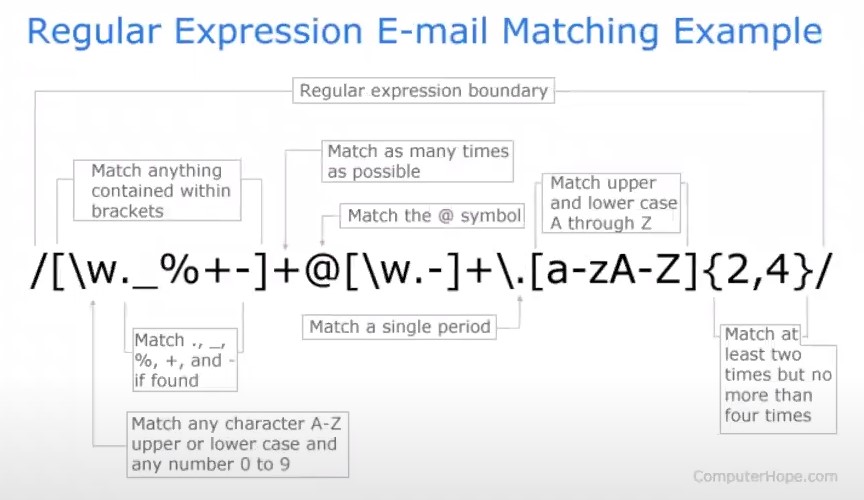Designing the New Face of Social Media

A not-so-long time ago in remote home offices not that far away…
The idea for a new social media app was born. In this post, I will take you on the journey of our Grio design process while introducing you to the Pyvott social media app.









